Market Analysis
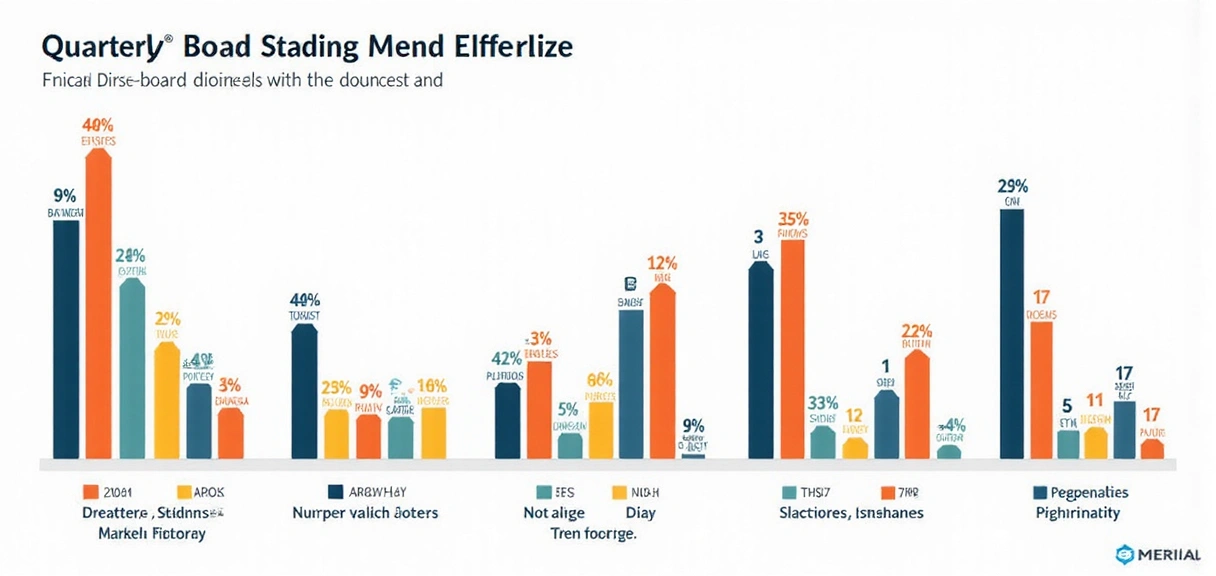
Quarterly Market Reports
The financial sector has shown remarkable resilience in Q2 2023, with banking institutions leading the charge with an average 8.7% growth in revenue. Investment firms followed closely with 6.2% growth, while insurance companies maintained steady 4.1% increases.
Emerging markets have outperformed expectations, particularly in Southeast Asia where fintech adoption rates have surged by 32% year-over-year. This growth is attributed to mobile payment solutions and digital banking platforms gaining widespread acceptance among previously unbanked populations.
Our analysts predict continued expansion in Q3, though at a potentially moderated pace due to global economic uncertainties. The Federal Reserve's monetary policy decisions will likely be the primary driver of market movements in the coming quarter.
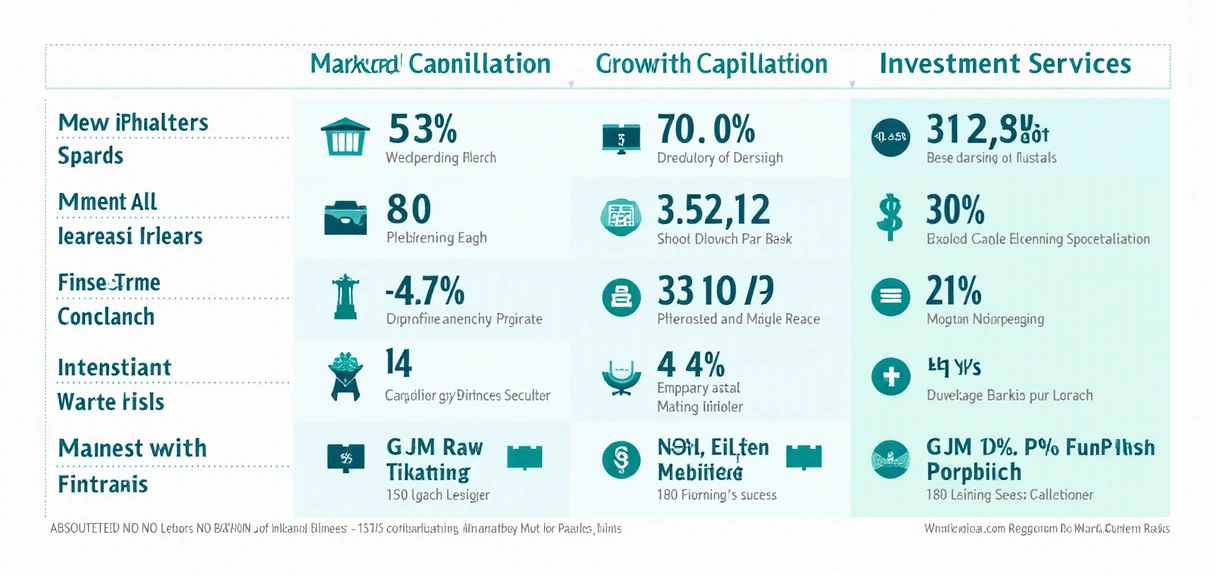
Sector-Wise Analysis
Traditional banking institutions continue to dominate market share but face increasing pressure from digital-first competitors. Our research shows that while 68% of consumer banking still occurs through physical branches, this number has declined 12% since 2020.
The insurance sector is undergoing significant transformation with AI-driven underwriting processes reducing operational costs by an average of 23%. However, climate-related claims have risen sharply, particularly in property insurance where payouts increased 41% year-over-year.
Investment services are experiencing a bifurcation between high-touch wealth management (growing at 7.3% annually) and automated robo-advisors (expanding at 18.9%). This divergence suggests investors are increasingly segmenting their portfolios between complex, personalized strategies and low-cost, algorithm-driven solutions.
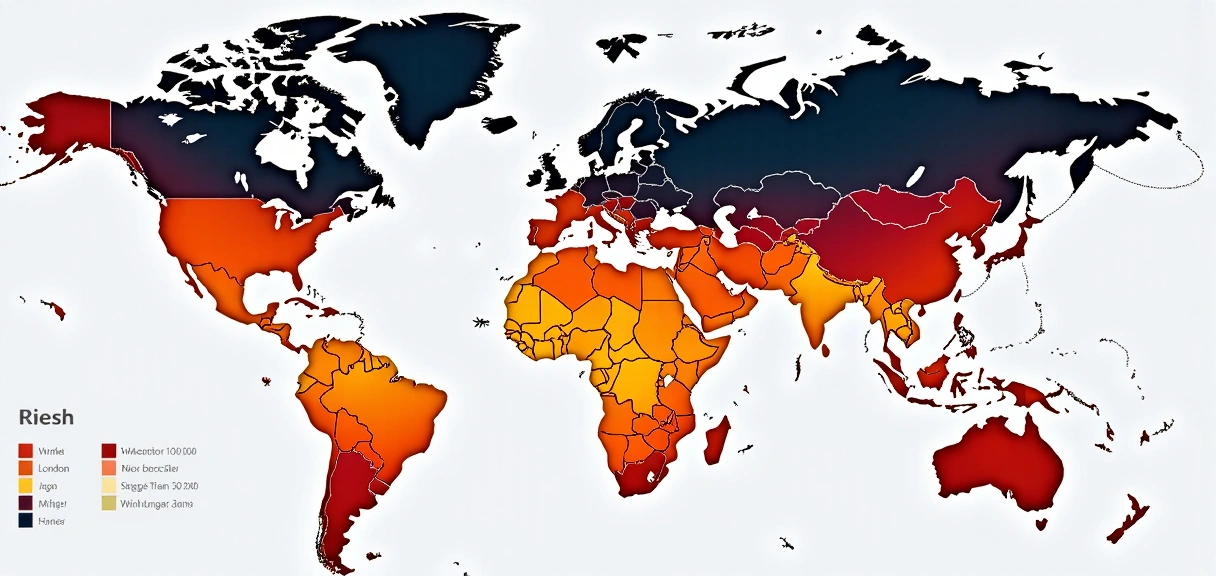
Regional Performance Breakdown
North American markets remain the strongest performers, with the S&P 500 financial sector index up 14.2% year-to-date. European banks have shown mixed results, with Nordic institutions outperforming their Southern counterparts by an average margin of 9.4%.
Asia-Pacific markets present the most dynamic picture, with Chinese fintech firms expanding rapidly despite regulatory challenges. Singapore has solidified its position as the region's wealth management hub, attracting $92 billion in new assets under management in the past twelve months.
Latin American markets are showing early signs of recovery, particularly in Brazil where digital banking penetration has reached 72% of the adult population. African financial markets, while still developing, are demonstrating impressive innovation in mobile payment solutions and microfinance products.
Emerging Technologies

Blockchain Adoption Accelerates
Financial institutions are increasingly integrating blockchain solutions for cross-border payments, with 43% of major banks now using some form of distributed ledger technology. This adoption has reduced settlement times from days to minutes while cutting costs by an average of 60%.
Central bank digital currencies (CBDCs) are moving from concept to reality, with 19 countries currently in advanced testing phases. These digital currencies promise to revolutionize monetary policy implementation and financial inclusion strategies worldwide.

AI Transforming Financial Services
Artificial intelligence is being deployed across multiple financial service verticals, from fraud detection (achieving 98.7% accuracy in some implementations) to personalized wealth management recommendations. Machine learning algorithms now process 83% of routine credit decisions in major lending institutions.
Natural language processing has enabled sophisticated conversational banking interfaces, with the average resolution rate for AI-powered customer service queries reaching 72% without human intervention. This represents a 35% improvement over 2021 levels.
Regulatory Landscape
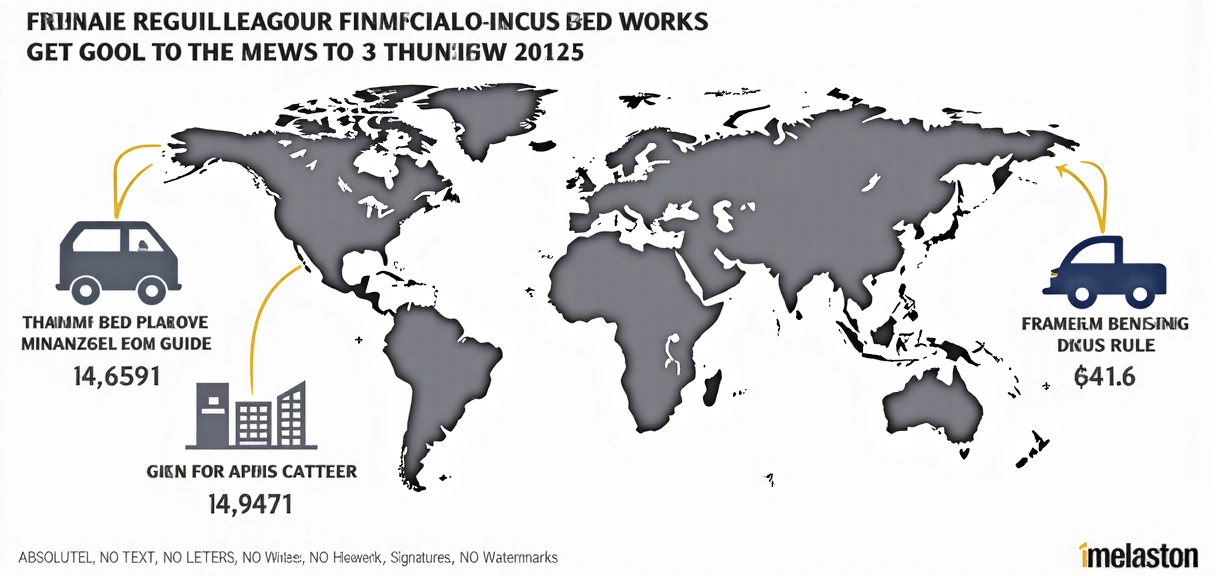
Global Regulatory Updates
The Basel III reforms continue to reshape banking capital requirements, with full implementation now expected by 2025. These changes are forcing institutions to reevaluate their balance sheet strategies, particularly regarding risk-weighted assets and liquidity coverage ratios.
Cryptocurrency regulation remains fragmented, with the EU's MiCA framework setting a potential global standard while US regulators take a more piecemeal approach. This regulatory uncertainty continues to impact institutional adoption of digital assets.
Environmental, Social, and Governance (ESG) reporting requirements are expanding rapidly, with 78% of Fortune 500 financial firms now subject to mandatory climate risk disclosures. This shift is driving significant investment in sustainability-focused financial products and services.
Investment Trends

ESG Investing Surges
Sustainable investing assets reached $41 trillion globally in 2023, representing 38% of all professionally managed assets. This marks a 42% increase since 2020, with particularly strong growth in climate-focused funds and social impact bonds.
Performance metrics continue to challenge the myth of ESG underperformance, with 63% of sustainable funds outperforming their traditional counterparts over five-year periods. This is driving increased institutional allocation to responsible investment strategies.
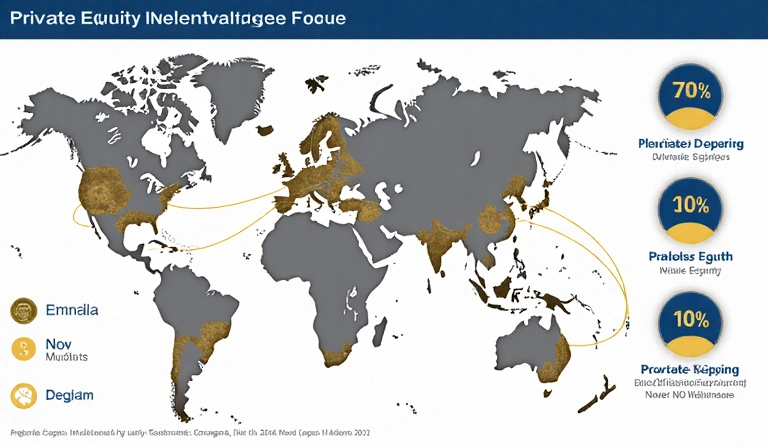
Private Equity Activity
Private equity firms deployed a record $1.2 trillion in capital during 2023, with financial services accounting for 28% of total deal volume. Fintech platforms and specialty lenders attracted particular interest, representing 43% of financial sector transactions.
Exit activity has slowed compared to 2021-2022 peaks, with sponsors holding assets longer to navigate valuation uncertainties. This has led to increased focus on operational improvements and add-on acquisitions to drive growth.
Consumer Behavior Shifts
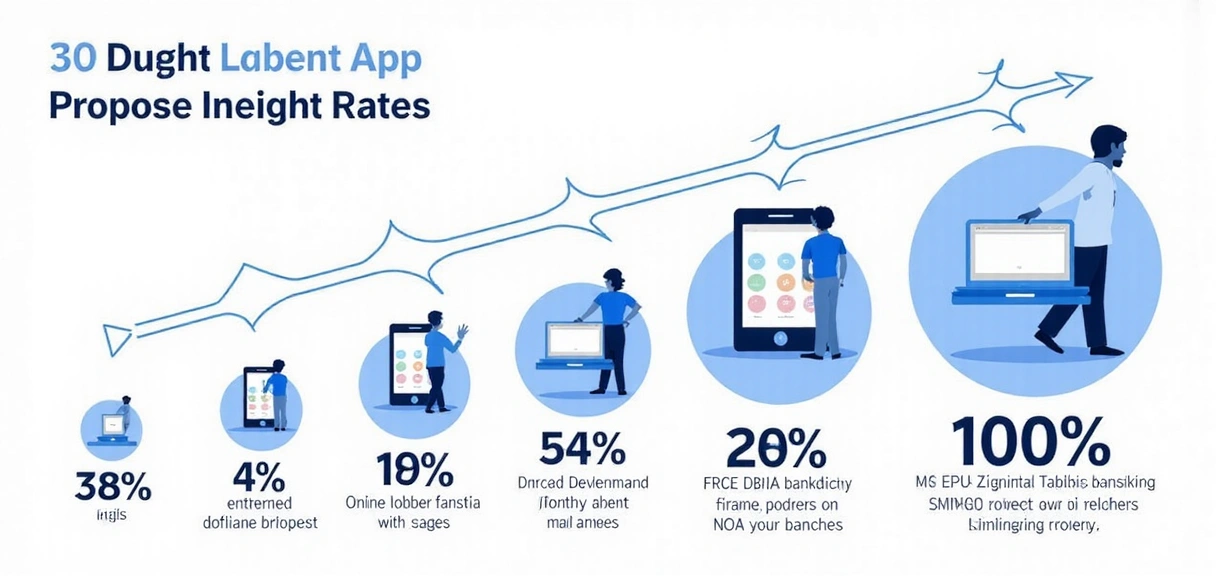
Digital Banking Revolution
Mobile banking usage has reached 78% among adults under 45, with 62% of these users conducting all their financial activities exclusively through digital channels. This shift is forcing traditional banks to accelerate their digital transformation roadmaps.
Neobanks continue to gain market share, particularly among younger demographics where they now hold 29% of primary banking relationships. However, profitability challenges persist, with only 18% of digital-only banks reporting consistent quarterly profits.
Consumer expectations for personalized financial services are rising rapidly, with 73% of customers now expecting real-time, AI-driven insights about their spending patterns and financial health. Institutions that fail to meet these expectations risk significant customer attrition.